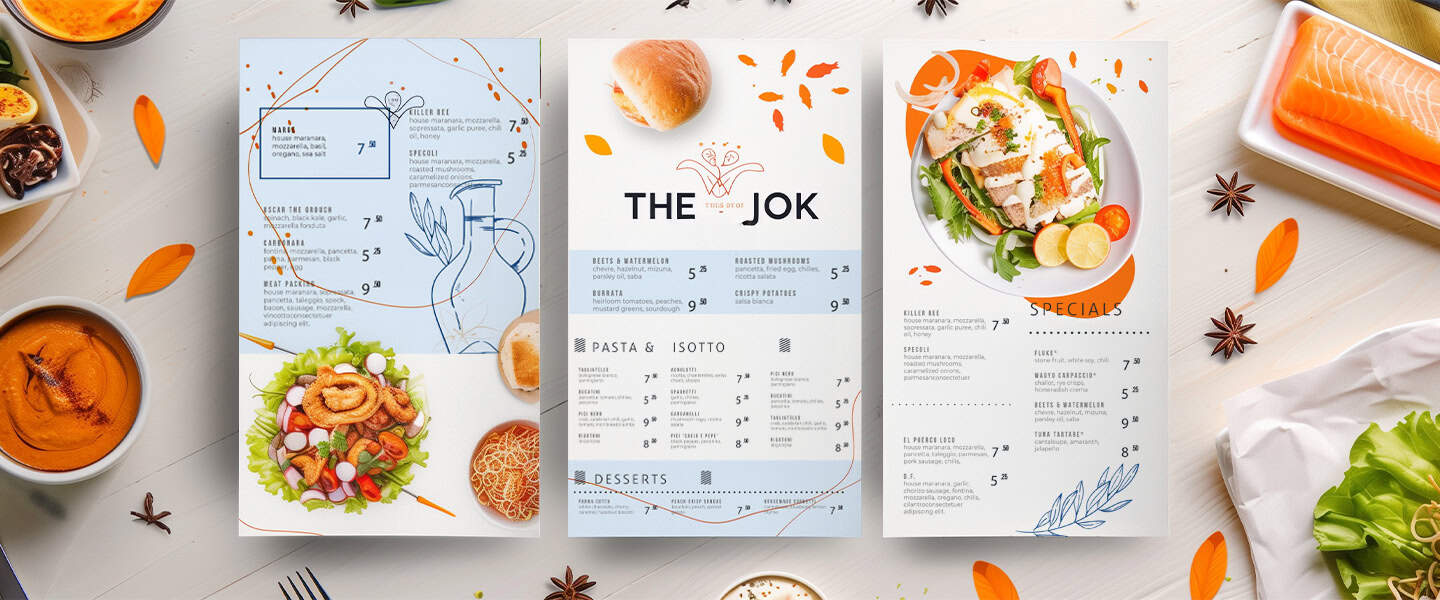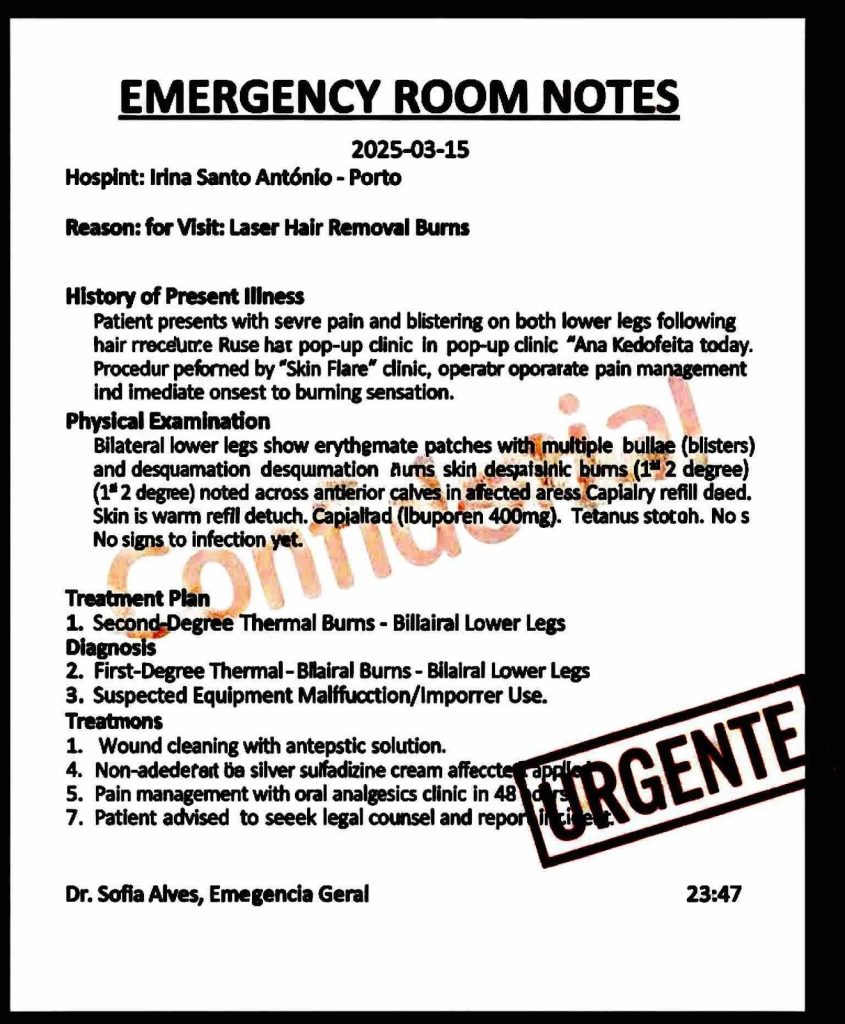How To Keep Your 2021 Health And Fitness Resolutions: MD Experts
MARYLAND — With 2020 in our rearview mirror, it’s time to reflect on our lives and set our intentions for the year ahead.
Yes, I’m talking about resolutions.
Love them or hate them, resolutions can help you prioritize what’s important and stay on target. The most common resolutions, unsurprisingly, are losing weight and eating healthy.
Many Marylanders saw their exercise and healthy eating habits fall by the wayside in 2020.
But 2021 is a fresh start. An opportunity to follow through on your health and fitness goals.
If you’re looking for ways to jumpstart your resolutions, you’re in luck. Patch spoke with local dietitians and a fitness director to find out what it takes to get healthy and stay healthy beyond the new year. Here’s what they said:
Christina Brockett
Integrative Clinical Nutritionist at Encompass Integrative Wellness – Frederick

1. In your opinion, what’s the best way(s) for someone to get healthy and stick to a manageable eating plan?
The keywords are “manageable and plan.” Extreme dietary changes are difficult to maintain. Instead, start with something small, like removing added sugars, and in a month or so add another change.
Having a plan is also key to achieving a goal. Plan and know what you will eat on any given day. This could include meals cooked, takeout, and even an “emergency meal.”
Your “emergency meal” is like an emergency kit for eating. When your plan doesn’t pan out, if you have an emergency meal in place, there is a healthy option to fall back on and you are less likely to deviate from your goals.
2. As a dietitian, is there a common reason (or reasons) why people abandon their resolutions?
People tend to make large broad-sweeping goals. In short, they take on too much and their goals are not realistic. When people take on too much all at once, they tend to become overwhelmed and experience feelings of frustration and failure when they don’t achieve the big goal they were attempting. Feelings of frustration and failure tend to be the drivers behind abandoning resolutions.
3. What do you say to people who “hit a wall” and want to give up on their goals?
Expect tough spots, the path to real change is never linear. People are going to have times where they deviate; this is not unusual. Observe what happened without judgment and continue to move forward. Any step forward is better than giving up entirely. Eventually, these deviations become smaller and less frequent as real change is achieved.
4. What do people who stick to their weight loss and healthy food goals have in common?
They have a realistic plan which they approach with consistency and persistence. They are also willing to accept small failures along their health journey.
5. Are there any fitness/health apps you recommend to people who want to lead a healthier lifestyle?
I focus a lot on the connection between food, lifestyle elements, and the body. If you listen to your body’s cues, you will know what is and is not working for you.
One of the things I suggest is that people keep a food, mood, lifestyle, and symptom journal. If you use something like Lose It! or the MyFitnessPal app to log your food, take the time to note your mood, stress levels, sleep, and any symptoms you notice in the notes section.
When you keep a journal, you will gain insight into what is and is not working for you. Often a journal is a real eye-opener for my clients.
As for exercise, I like to recommend the Runkeeper, Yoga Studio, and Peloton apps. I also highly recommend the Insight Timer or Headspace apps for meditation.
6. Any myths you wish to dispel? Tricks or suggestions?
There is no one-size-fits-all approach to health and wellness. Everyone is biochemically and genetically different with varying starting points and lifestyles. You need to find what works for you, within the context of your life. Your journey is your own, there is no need to compare yourself to others.
Will Gudelsky
Fitness Director at OneLife Fitness – Rockville

1. In your opinion, what’s the best way(s) for someone to get fit and stick to a manageable exercise plan?
Try giving yourself a set number of days to come to the gym as a goal. Try and maybe set a goal of three to four days per week. It’s a really easy goal to achieve and it’s one that doesn’t take a whole lot to track. For a lot of people, the hardest step is just getting here, especially when they haven’t been in a gym for a while. So setting a goal like that can be a great first step.
Once they get into a routine and build some consistency, then they can set other goals, which can pertain to weight loss … or strength.
2. What would you say to people who give up on their fitness goals?
It’s never too late to start. If you have one bad day or two bad days, it’s not gonna be the end-all to whatever goal you may have had. As long as it doesn’t become a habit, where you eat really bad one day and say, ‘forget it, this is going to be impossible,’ and then continue to eat bad every day after that. Otherwise, it’s going to be hard to get back on that bandwagon.
I think it’s important for people to realize that one day is not going to hurt them. If that was the case, we’d all be in trouble. We’re all human and it makes sense to have a day when we eat some things (that are unhealthy) … like a ‘cheat meal.’
3. Any advice for people who are intimidated by the gym?
It’s very common. A lot of people don’t want to come in because they are afraid people might judge them.
I think it’s important to seek out help from some of the professionals who work at the gym. Whether it’s signing up for a class or meeting with a trainer for the first time, it can be a big way to overcome that intimidation and feel more at ease when you’re at the gym.
When you first meet with one of our trainers (at OneLife), we’re going to spend a whole hour with you. Our goal is to make sure you feel as comfort
able as possible when you walk out the door. That way you’re motivated, you’re excited, and you know what to do when you come back in.
Even try taking a class. It’s a great opportunity to be in a social environment, which a lot of people don’t have right now. I know our class sizes are smaller, but members go religiously and they love it. It’s a way to keep in touch with people they met here at (OneLife Fitness). A lot of people who take our classes were intimidated at first until they started going and realizing it’s not so bad.
4. As a fitness director, is there a common reason (or reasons) why people abandon their resolutions?
People may abandon their resolutions because they had a bad weekend or a bad day. They feel like they ruined all that progress they made the week before — which is not the case.
5. What do people who stick to their fitness goals have in common?
A lot of it comes down to motivation and keeping track of what they’re doing. For a lot of people, when they’re tracking their workouts or doing a weekly or monthly check-in with a trainer, it makes a huge difference because it helps keep them accountable.
I also think social and/or family support makes a huge difference. You don’t just feel like you’re in it alone.
6. Are there any fitness/health apps you recommend to people who want to lead a healthier lifestyle?
For people who are looking for a resource to track nutrition, for example, our company has an app called Vitabot. And it allows us to follow (their progress) with them. So if they are an active client with one of our trainers, the trainer can see what they’ve been logging in their nutrition app. Iif there is anything the client and their trainer need to talk about or go over, (their information) is right there on their phone or on the website.
There’s one other app that we launched, kind of as it relates to COVID-19, that’s available for members and non-members. It’s (called OneLife Anywhere) and it’s actually been really helpful for people who aren’t ready to come back to the gym. It’s essentially classes and workouts on-demand. Users can log in and stream the classes live with an instructor or they can go back and watch them (later).
MyFitnessPal is also a popular app that I’ve used in the past. Both gym members and non-members have had success with it. They seem to like tracking their nutrition and calories.
7. Any myths you wish to dispel? Tricks or suggestions?
Cardio is a big one. A lot of people think spending one to two hours on a treadmill or elliptical is going to be their best way to succeed when it comes to weight loss.
Cardio is obviously an excellent tool for helping there, but there are other forms of cardio that will not only take up less time but will also lead to better success for not just weight loss but for improved heart health.
Interval training is one popular form of cardio. It could be done on almost any machine. I think it’s important to find one that’s comfortable for that person that’s not necessarily creating a high impact. One of the big ones is HIIT, or High-Intensity Interval Training. And that’s just alternating between a higher intensity workout interval with a recovery in between or a very low-intensity workout interval in between. A very simple one can be sprinting for 15 to 20 seconds and following that with a period of rest. It can be as short as 30 seconds or as long as two minutes, depending on that person’s fitness level.
Kristin Jenkins
Registered Dietician at Rebecca Bitzer and Associates – Greenbelt, Columbia

1. In your opinion, what’s the best way(s) for someone to get healthy and stick to a manageable eating plan?
In my opinion, the most sustainable eating plan is one that provides consistent and adequate nutrition so your body stays properly fueled throughout the day. With many of my clients, we work on getting back to the basics: three balanced meals per day with snacks in between so they are eating every three to four hours. Eating consistently supports an active metabolism, manages blood sugar, and regulates hormones, all of which are key to maintaining a healthy weight.
If time to prepare multiple meals a day presents a challenge, I recommend meal prepping in advance so you always have nourishing options on hand.
Adequacy and balance are important as well. Many people believe they need to decrease the total amount they are eating or start cutting out certain foods or food groups in order to get healthy, which couldn’t be further from the truth. Restriction and deprivation will hinder your long-term success when it comes to a healthy eating plan, likely leading to intense cravings or even binge eating. Eating enough food from all the food groups (yes, even carbs!) is important for both physical and mental health.
I highly suggest a resource published by some of the dietitians at our practice called “Nourished: 10 Ingredients to Happy, Healthy Eating” for more information about healthy eating, balance, variety, and meal planning. https://rbitzer.com/nourished/.
2. As a dietitian, is there a common reason (or reasons) why people abandon their resolutions?
A. Changing too many things at once – Taking on a new way of eating that changes too many things at once is sure to be overwhelming and unsustainable. Start small and take baby steps toward your goals to allow yourself time to adjust to new habits and routines.
B. Taking an all or nothing approach – Healthy eating is not an all or nothing endeavor. Instead of viewing some foods as “bad” and others as “good,” I encourage my clients to consider all foods welcome in a healthy diet. Remember that just like one salad won’t suddenly make you “healthier,” one cookie won’t make you “unhealthy.” All foods can fit.
C. Cutting foods out rather than adding foods in – You don’t need to restrict or deprive yourself of the foods you love. Instead of eliminating “bad” foods from the diet, I work with my clients on figuring out what we can add in to achieve balance and variety and get all the nutrients they need to start feeling their best.
D. Not establishing a support system – Assemble a community of people who are willing to support you as you work toward your goals. This might mean adding a dietitian to your care team who can help you devise a nutrition plan, work with you as you encounter challenges, and help you stay accountable to your personal goals.
E. Using weight to measure success toward your health goals – Weight alone is a poor indicator of overall health. Health looks different on every body! I encourage my clients to ditch the scale when it comes to measuring success and focus more on how they feel, physically and mentally, after making diet and lifestyle changes. Do you have more energy to play with the kids? Are you sleeping more soundly through the night? Are you having more regular bowel movements? Are you less consumed by thoughts of food throu
ghout the day? All of these are great ways to reframe your idea of what “getting healthy” could look like without the weekly weigh-in.
3. What do you say to people who “hit a wall” and want to give up on their goals?
A common pitfall many of my clients encounter includes taking on too much at one time which results in them feeling frustrated and overwhelmed. Setting smaller, more manageable targets and giving yourself time to adjust to change is important.
I think it helps when you can recognize your victories, big or small, and give yourself credit for every last one of them. You may find that checking in with your support system can help you gain perspective on your progress.
4. What do people who stick to their weight loss and healthy food goals have in common?
My clients who have found long-term success making peace with food and their weight have ditched the traditional idea of restrictive dieting and instead approach nutrition as an act of self-care. You can’t punish your body into becoming a better version of itself. These clients are in tune with their hunger and fullness cues, and use the principles of intuitive eating to inform their decisions about food that make them feel their best.
I encourage all my clients to consider consistent, adequate nutrition a way to take care of their long term physical and mental health.
5. Are there any fitness/health apps you recommend to people who want to lead a healthier lifestyle?
My favorite app, and one I use frequently with my clients, is Nourishly.
Nourishly encourages mindfulness around food by reminding you to eat consistently and to track the way you’re feeling physically and emotionally after meals. Whether one struggling with overeating, undereating, or their relationship with food, I find Nourishly can help foster a healthy curiosity and introspection regarding decisions being made around food.
Stay away from apps that reinforce restrictive eating by demonizing entire food groups or cutting calories dangerously low. If you really want to know how many calories you should be consuming to support a healthy weight, I highly recommend working with a dietitian. Dietitians have the knowledge and training to more accurately determine your energy needs than any app-based calorie calculator.
6. Any myths you wish to dispel? Tricks or suggestions?
Myths
A. Myth: Diets work for long term weight loss. Fact: While diets like keto or intermittent fasting may result in weight loss in the short term, they very rarely result in sustainable weight loss in the long term. 95% or more of all diets fail, resulting in the individual regaining any weight lost after two to five years. What’s more, diets and weight cycling wreak havoc on your metabolism resulting in weight gain over time. Two-thirds of dieters will regain all their weight loss plus a few extra pounds. This isn’t due to individual shortcoming or lack of willpower, but is rather our bodies’ normal biological response to restriction.
B. Myth: Everyone with a larger body is unhealthy and should lose weight. Fact: Healthy bodies can come in all sizes and it’s impossible to infer anything about someone’s health from their appearance alone.
C. Myth: Carbs are the enemy. Fact: Carbs are our body’s preferred fuel source and our brain’s only fuel source! We need a variety of carbohydrate-containing foods to support a healthy weight, energy levels, blood sugar levels, and hormone production. A healthy diet should contain anywhere between 45-60% of total calories from carbohydrate foods.
D. Myth: Drink water if you’re hungry because you’re probably just thirsty. Fact: Stay dubious of advice to ignore or suppress your hunger cues. Hunger is hunger! And while hunger and thirst may present in similar ways, like sluggishness or headache, drinking water is not a substitute for having a nourishing meal or snack.
E. Myth: “Low calorie” is a synonym for “healthy.” Fact: Lower calorie foods are not inherently healthier or better for you. Consider more than just calorie content when making food choices, like ‘is this going to fill me up until my next meal?’ ‘is this as satisfying as another food option?’ ‘is this going to provide me with enough energy for my activity level today?’
F. Myth: Always choose low-calorie, low-carb, or low-fat foods for weight management. Fact: Always choosing low-calorie, low-carb, and low-fat foods are likely to leave you feeling unsatisfied and hungry. Consistently feeling deprived is what leads to intense cravings and even binge eating. Plus, these foods are often packed with unnecessary sugar, salt, or other flavor enhancers to make them taste better, meaning you’re better off eating the real thing.
G. Myth: Don’t eat past 8 p.m. Fact: Your body doesn’t have a cutoff time for when it stops metabolizing food. Having a snack before bed if you’re hungry may actually help you sleep more soundly through the night. In the event that having a snack keeps you awake or causes indigestion or heartburn, you may want to consider allowing yourself some time to digest after eating and before heading to bed.
Tips
A. If you find yourself eating past comfortable fullness on a regular basis, try:
-
Tracing back your meals that day — did you have enough to eat? It’s much harder to make calm and thoughtful decisions around food when you’re ravenously hungry
-
Slowing down and allowing yourself to experience and enjoy the food you’re eating
-
Eating without distractions like phone, TV, or computer
-
Allowing yourself to not clean your plate (you can always put it away for later!)
-
Consider practicing mindful eating. I created a mindful eating exercise video that’s available on our website for you to practice! Find it here https://rbitzer.com/simple-ste…
Editor’s note: Some answers have been edited for conciseness and clarity.
This article originally appeared on the Rockville Patch








